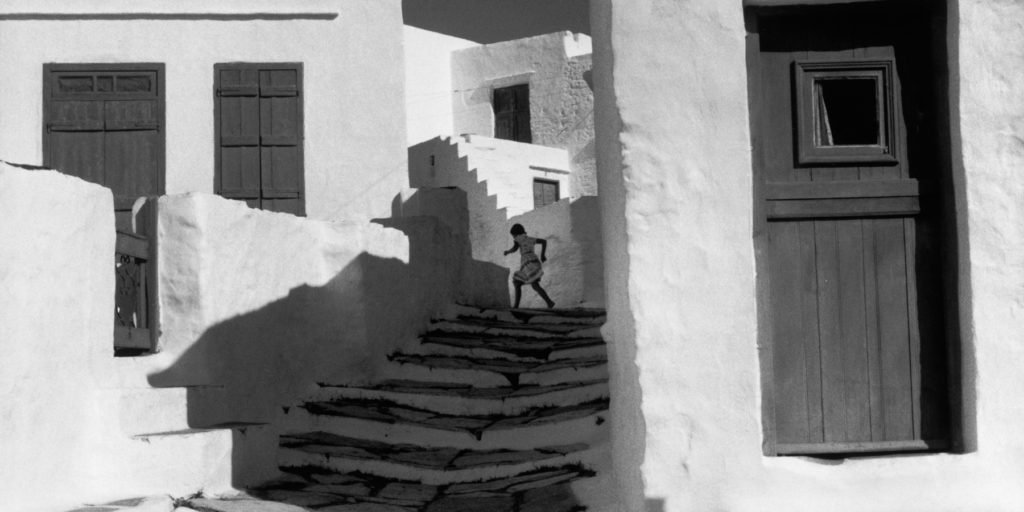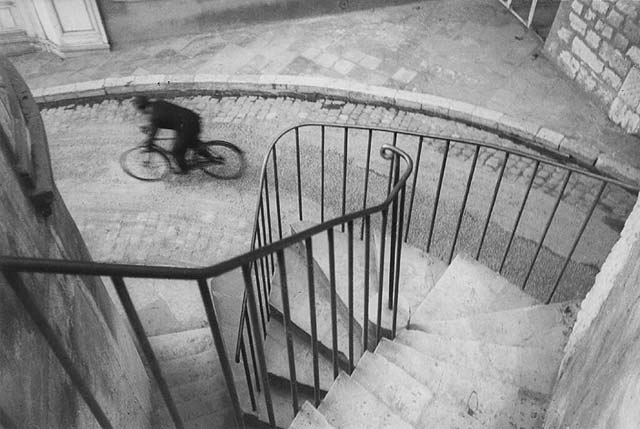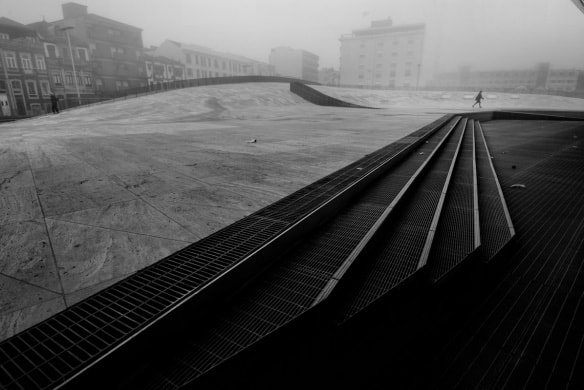
Photo by Luke Bender on Unsplash
Leading lines is one of the most powerful compositional elements I have seen. It makes everything simple for the viewer and helps make the intentions of the photographer very clear. I love using them whenever possible because unlike rule of thirds or square format shots, leading lines cannot be overused. You need the world around you to work with you to create the leading lines. But you can find it in nature and then build your photograph.
The shot above we see Luke Bender using the natural line created from the setting sun on the sand dune. He then placed his model at one end and composed the image leaving negative space to the right and allowing the leading line to come from the corner of his shot. This takes full advantage of the real estate and makes the model look bigger. Consider how important the model is to the image and her relative size within the frame. This is a great example of leading lines.
The shot above we see Luke Bender using the natural line created from the setting sun on the sand dune. He then placed his model at one end and composed the image leaving negative space to the right and allowing the leading line to come from the corner of his shot. This takes full advantage of the real estate and makes the model look bigger. Consider how important the model is to the image and her relative size within the frame. This is a great example of leading lines.
|
This image is from Henri Cartier-Bresson and this man was a master with leading lines. He used them more successfully than any photographer I have seen. The background of this image is that HCB found the spot, composed his shot and then waited for something to happen. The girl running up the stairs was perfect. He waited until she was at the top, but before she turned the corner and nailed the "decisive moment" yet again. The shadows, the stairs all point to the young girls. A very powerful image that was constructed in HCB mind before he knew the girl existed.
|
|
Here is one of my favorite uses of leading lines. Again by HCB and again he scouted the location, picked his spot and waiting for someone to walk by. He positioned himself so that anyone walking, or in this case riding, in the middle of the road would be positioned for the handrails to point to them.
In this image both rails point to the rider and the curve of the road leads us there. Even the wall, cast in shadows on the left, points to the rider. Here all elements are pointing to the only subject that is moving. There is nothing to confuse the viewer about where their eyes should go. It is clear, it is unavoidable. We are held by his hand and taken to the sweet spot. |
|
And here we have a classic from HCB. Nothing more leading that rail road tracks but this time they do not just carry us deep into the image, he rewards our walk with a faint image of a man in mid stride at the very end.
The industrial environment, the tracks leading into the image, the haze of the background and the man in full stride opens up discussions about man marching into the future. Pull these elements apart and they are nothing. Assemble them like this, snap the picture at the right moment, and you have a narrative that is clear. |
I will end with a final thought that I am beginning to include in my various photography discussions. I often interpret a great deal into the image. I know that the photographer who captured the image was not thinking of these things. They had other thoughts and concerns. But the truly great photographers know how to curate their images and can read meaning into a photo long after it was taken.
The brilliance of art is that it is a dance for two. The artist brings part of the story but the viewer must bring the other part. The subjective nature of art means that I can bring these into the discussion. I was sitting next to a modern artist the other day, and he was showing me his work. He spoke of the message he wanted to give and I explained what I took away from it. It was different than his message but still worthy of note.
So when I speak about what I see in an image, do not think that I believe the photographer wanted to pass that message but rather it is me completing the narrative that they set in motion. As the viewer this is not only my right but my obligation. We should dive deep into art, interpret freely and let the image speak to us in our own voice.
The brilliance of art is that it is a dance for two. The artist brings part of the story but the viewer must bring the other part. The subjective nature of art means that I can bring these into the discussion. I was sitting next to a modern artist the other day, and he was showing me his work. He spoke of the message he wanted to give and I explained what I took away from it. It was different than his message but still worthy of note.
So when I speak about what I see in an image, do not think that I believe the photographer wanted to pass that message but rather it is me completing the narrative that they set in motion. As the viewer this is not only my right but my obligation. We should dive deep into art, interpret freely and let the image speak to us in our own voice.



